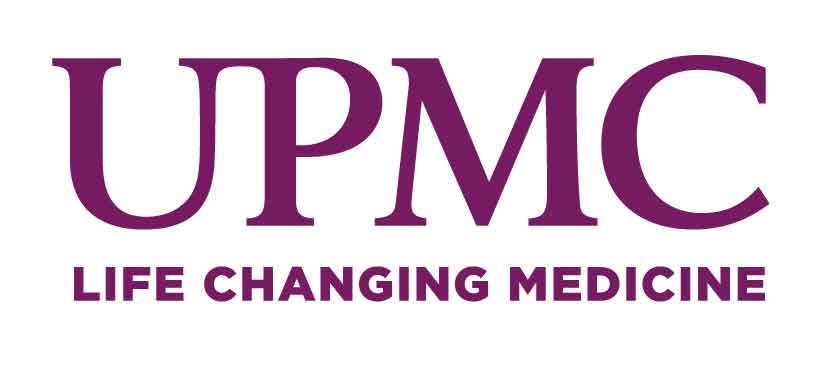UPMC: Higher Education Level Does Not Translate to Better Cardiovascular Health in Racial and Ethnic Groups
A person with a higher level of education typically has better cardiovascular health (CVH) than someone with a lower level of education. However, the benefits of more education may not benefit those in non-white racial and ethnic groups, according to a Journal of the American Heart Association study published today by researchers at the UPMC Heart and Vascular Institute and University of Pittsburgh School of Medicine.
Unlike prior research, this study examined the interaction between race and education level relating to ideal CVH instead of cardiovascular disease. Study participants represented considerable racial and socioeconomic diversity and used the Life’s Simple Seven (LS7) as a tool to assess CVH. LS7 includes seven risk factors that people can improve through lifestyle changes to help achieve ideal cardiovascular health, including managing blood pressure, controlling cholesterol, reducing blood sugar, getting active, eating better, losing weight and quitting smoking.
Amber Johnson release“We know that educational attainment can improve measures of CVH, but we found that Black individuals with a higher level of education are less likely to obtain ideal CVH,” said Amber Johnson, M.D., M.S., M.B.A., UPMC cardiologist and assistant professor of medicine at Pitt.
Johnson and her colleagues looked at more than 8,100 participants from around the U.S. who completed both a questionnaire and medical examination and were at least 25 years old with no history of cardiovascular disease at the time of examination. Complete data on LS7, education, race and ethnicity, and key sociodemographic information (such as income and access to health care) was also available for these participants.
Results showed that a higher education level does not override the effect of race on CVH for Black individuals.
For example, white participants with a graduate-level education had the highest odds of being in a higher LS7 category. In comparison, Hispanic and Black participants with the highest education levels did not achieve similar gains in ideal CVH. In fact, there was a four-fold increase for ideal CVH for non-Hispanic whites with a bachelor’s degree or higher education level, but only a three-fold increase for Hispanic and two-fold increase for Black individuals with the same education level.
Johnson said minority populations continue to face barriers that reduce the potential health benefits of upward social mobility and higher levels of education compared to whites.
“It’s important to interpret these study results with the understanding that there are structural barriers and policy solutions that need to be considered to address these findings,” Johnson said. “It boils down to the fact that these challenges include the social and structural determinants of health that need to be addressed.”
Johnson notes that more work is needed to understand the societal barriers preventing non-white individuals from achieving ideal CVH. Future studies should test interventions to overcome race-based disparities despite access to quality education.

